
7P Framework: Sanity Check Before You Launch
When you’re launching a new product or service, it’s easy to start with a landing page, a pitch deck, and maybe even “a handy calculator here.” But a few weeks later, you might realise—no one but you understands what it’s for, who it’s for, or why anyone would pay for it.
The 7P marketing mix won’t do the job for you—but it can help you ask better questions. And, most importantly, it helps you test whether your “brilliant” idea only works inside your own head.
Table of Contents
- Product – What are you really selling?
- Price – What are they actually paying for?
- Place – Where do people find you?
- Promotion – How are you talking about yourself?
- People – Who’s behind the service?
- Process – What’s the journey like?
- Physical Evidence – What’s left when you’re not around?
- What to do next?
1. Product – What are you really selling?
Your product is not just a feature or format — it’s the transformation, relief, or result your customer truly cares about.
- What problem are you solving for the customer? Are you phrasing it in their language?
- What’s the real outcome—not just the format or feature list?
- Can you explain it clearly with a real-life example?
Example: A carbon tracking app for small businesses in Melbourne helps a café save $1,200 annually in energy bills.
Common mistake: Focusing too much on features (e.g. “dashboard, graphs, alerts”) instead of outcomes (“lower costs, greener footprint, better compliance”).
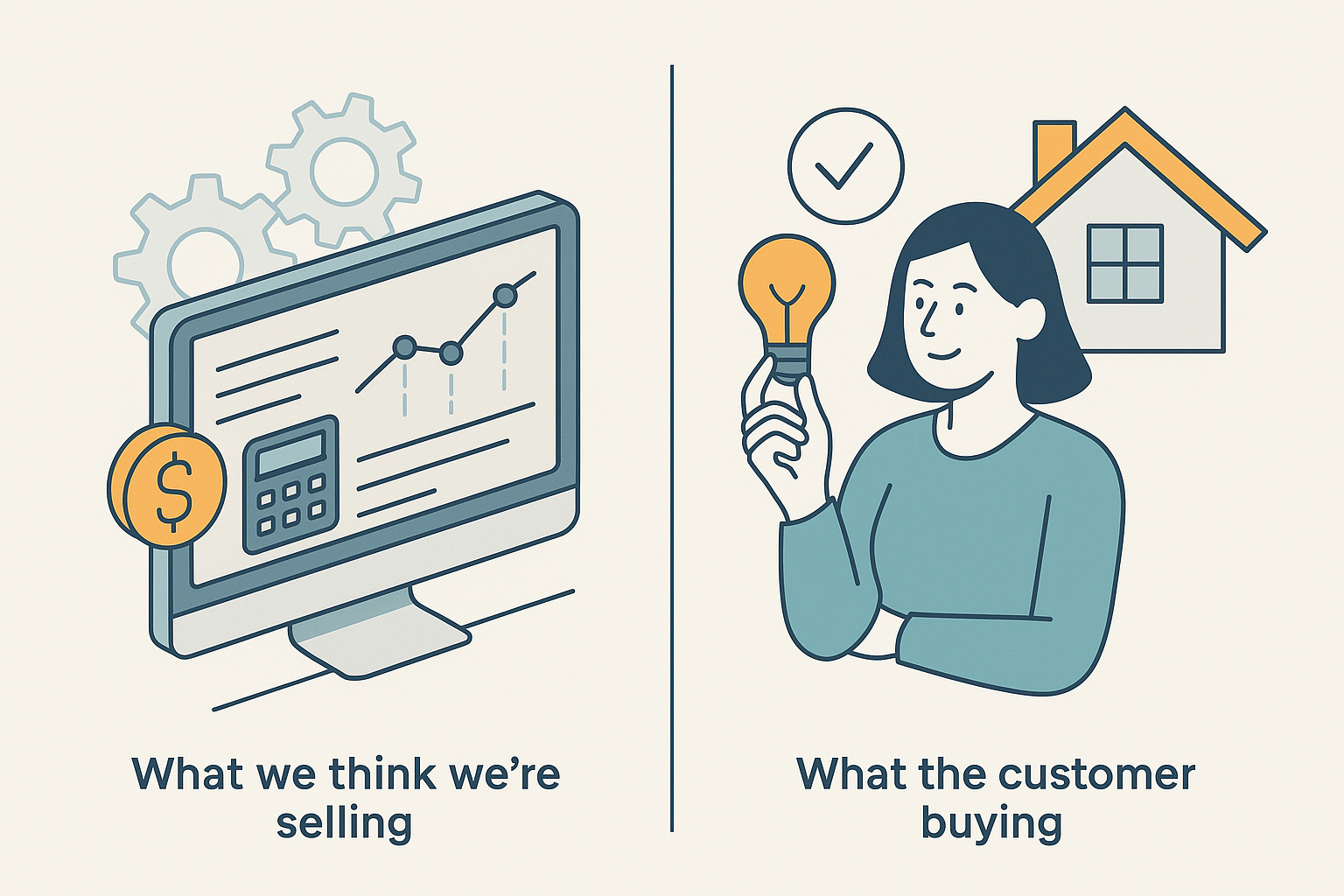
2. Price – What are they actually paying for?
Price reflects perceived value. It should align with the outcome your customer expects—not just your hourly rate or effort.
- Is your pricing based on real value—or just what you feel comfortable charging?
- Can someone say it out loud without sounding defensive?
- Would the pricing make sense to someone finding you via Google from Sydney?
Example: A solo consultant charging $450 for a 90-minute clarity session helps a founder avoid a $5,000 mistake.
Common mistake: Undercharging due to imposter syndrome—or overcharging without building perceived value around outcomes.
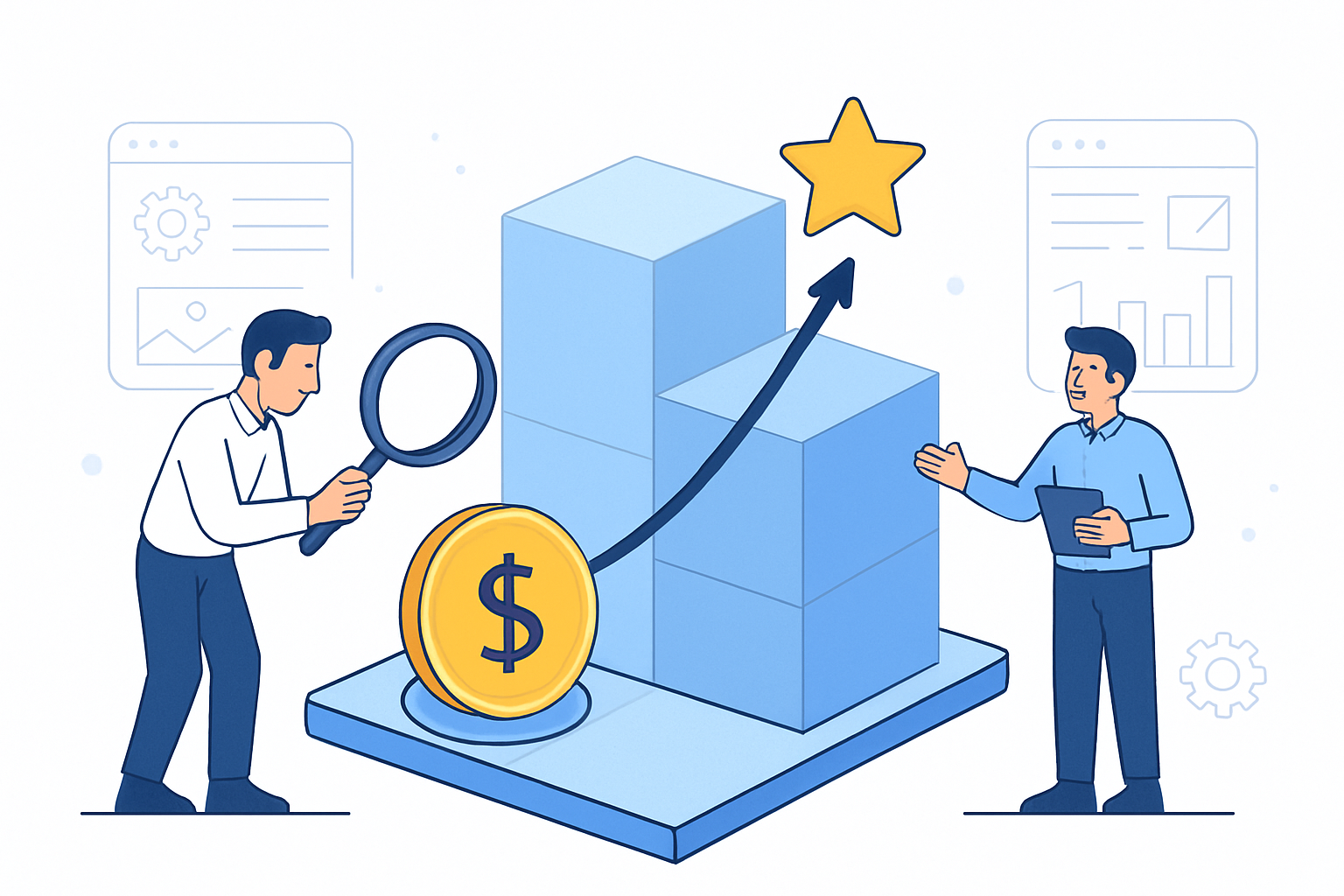
3. Place – Where do people find you?
Distribution is how your audience actually discovers you. If you rely on friends-of-friends forever, growth will stall fast.
- Would someone outside your personal network know you exist?
- What works when you’re not manually pushing every lead?
- Is it easy for someone to refer you?
Example: A web designer based in Brisbane gets most leads from Clutch and Google Business Profile—not referrals.
Common mistake: Building a beautiful brand with zero SEO, no listings, and no consistent traffic source.
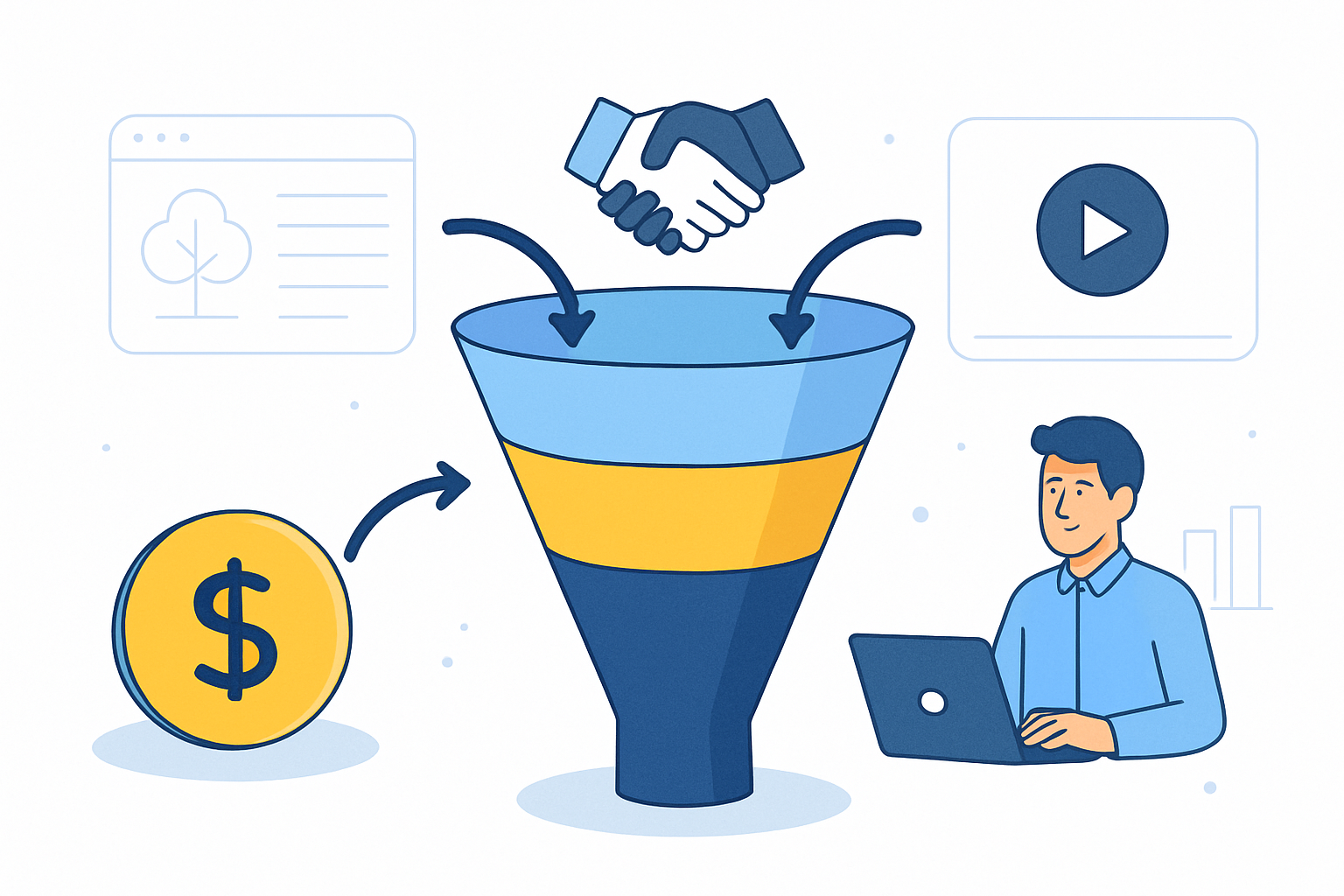
4. Promotion – How are you talking about yourself?
Promotion is not just ads or posts—it’s your entire communication ecosystem. It needs to build instant trust and clarity.
- Are your communications creating the right kind of credibility?
- Does your site or Instagram build trust within 5 seconds?
- Is there a clear message beyond “We do it well”?
Example: A Sunshine Coast copywriter leads with “I help coaches fill their waitlists with warm traffic. No bro marketing.”
Common mistake: Generic taglines like “Tailored solutions for your needs” or “Innovation through service excellence.”
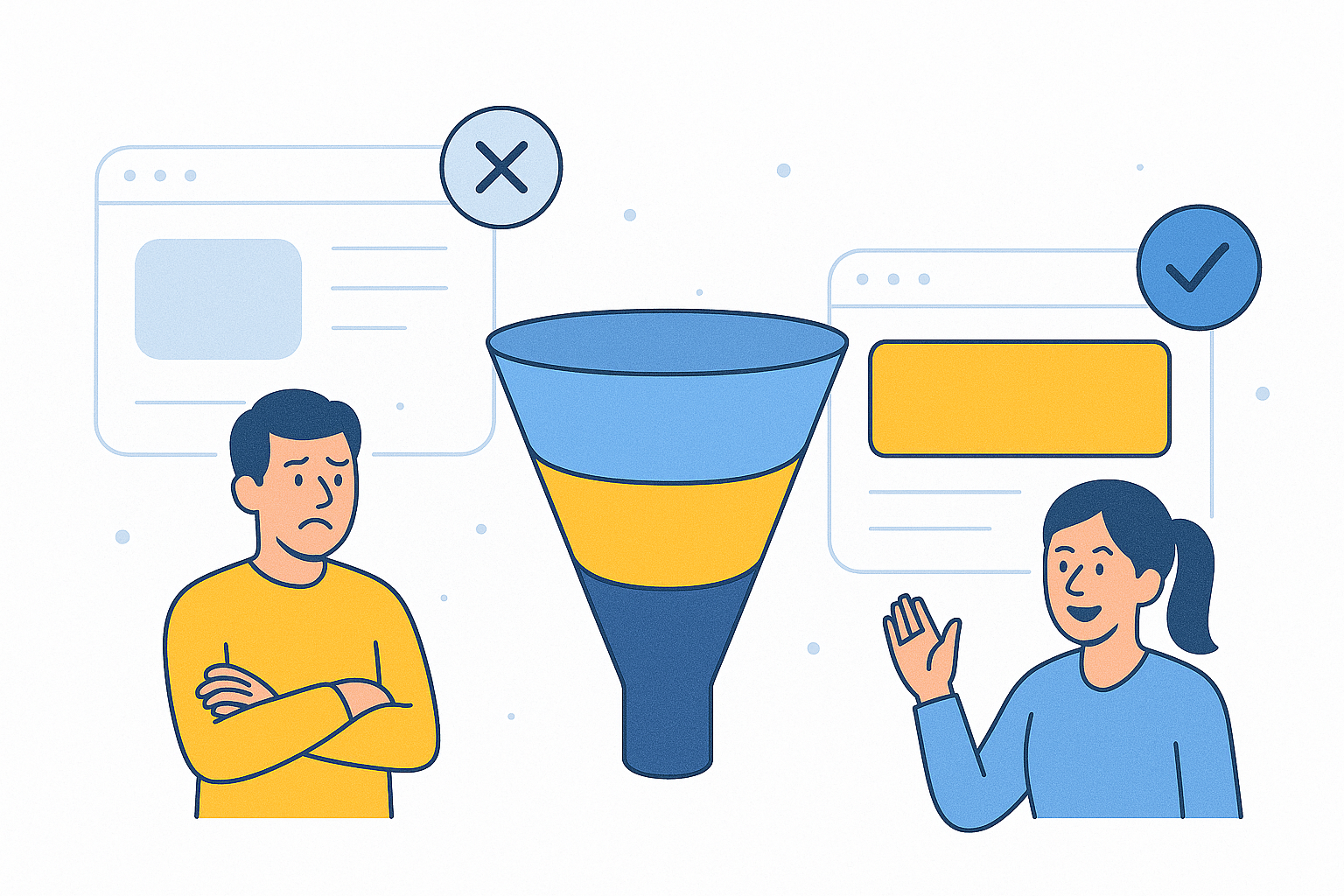
5. People – Who’s behind the service?
Clients want to know who they’re dealing with. Faces, names, and stories create trust—especially in a crowded market.
- Can customers see who they’ll be working with?
- Are there real profiles, photos, voices—or just a logo?
- If everything depends on you, what happens when you scale?
Example: A Perth-based agency uses team video intros and personal bios to make their brand feel human.
Common mistake: Hiding behind a faceless brand or outsourcing everything without naming who delivers the work.
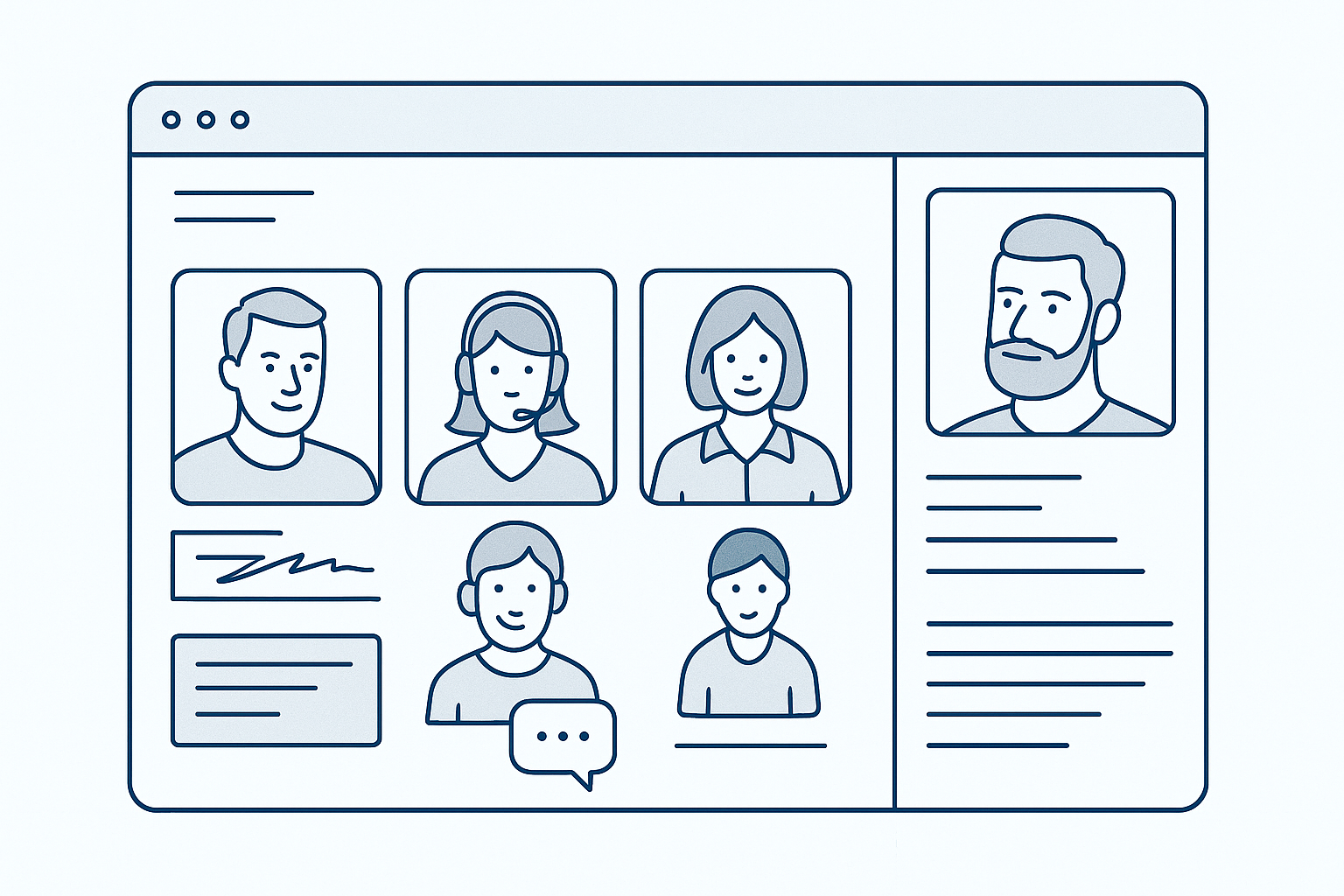
6. Process – What’s the journey like?
Your process should feel smooth and structured. Confusion kills conversions—and trust.
- Is the client experience clear or chaotic?
- What happens after “Get a Free Quote”?
- Are there points where people drop off or get confused?
Example: A Melbourne-based UX studio shows a simple 4-step onboarding process on their landing page.
Common mistake: Having no follow-up after form submission or sending clients straight into “ghost town mode.”
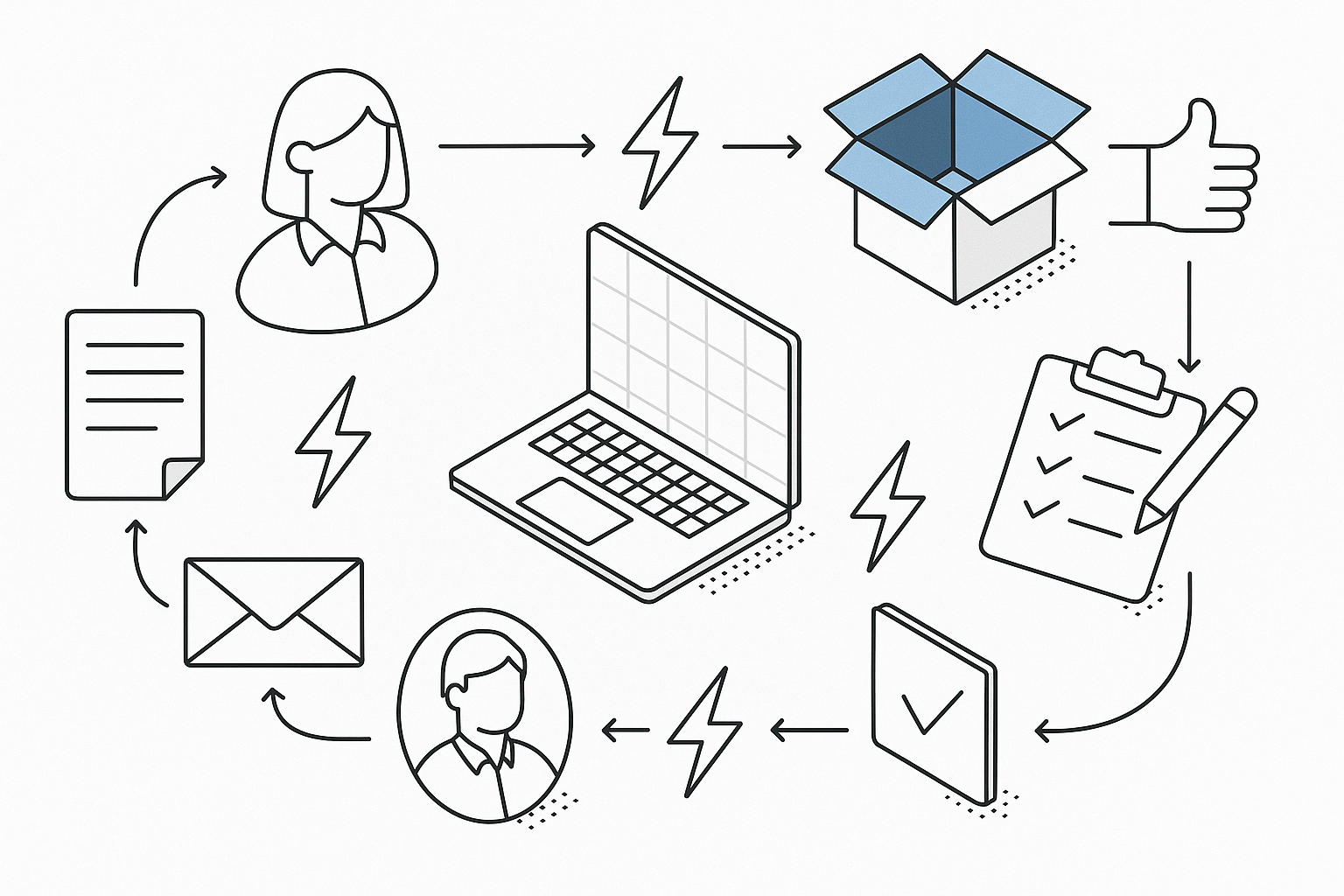
7. Physical Evidence – What’s left when you’re not around?
This is how your brand looks, feels, and behaves when you’re not in the room—first impressions that stick.
- What does the first email, first doc, or your homepage feel like?
- Do you make a strong, credible first impression?
- Is your polished surface matched by what’s underneath?
Example: A Sydney-based legal consultant sends clients a sleek PDF welcome pack with next steps and timeframes.
Common mistake: Sending generic proposals, typo-ridden emails, or using a Gmail address for your business.
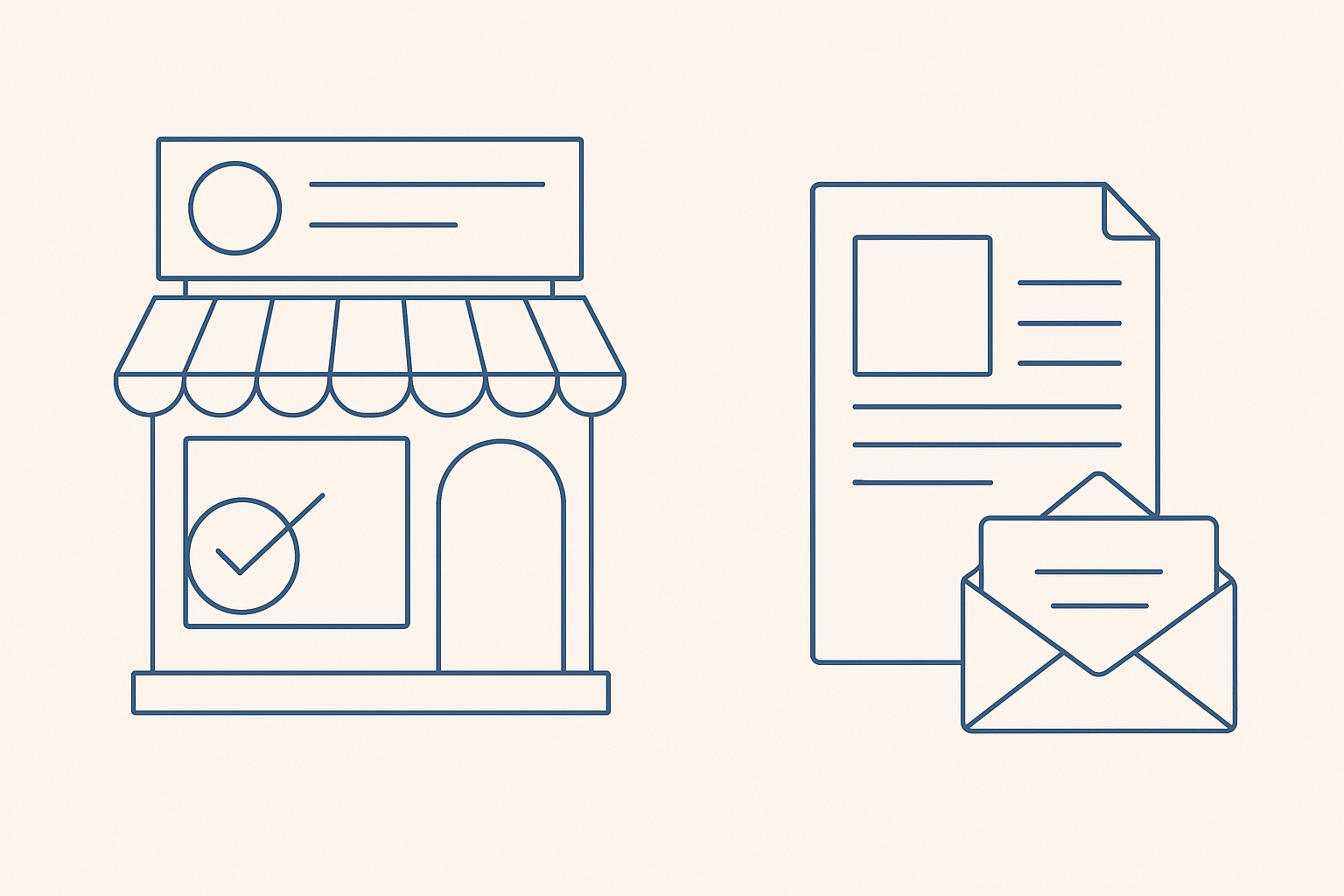
What to do next?
Answered everything? Good. Now stop. These are still just hypotheses.
Even if it all looks solid on paper, you’re still guessing. That’s fine—what’s not fine is rushing into production without testing.
Here’s what you can do:
- Talk it through with a brutally honest colleague. Don’t defend—ask. Listen. Explore.
- Show the packaging to 3–5 people from your target market. Don’t explain—ask what they understood.
- Ask someone in your space: “Here’s the offer—where do you hesitate?”
- Run a soft launch: a paid consultation, workshop, or pilot. Watch what happens.
- Do customer interviews: don’t pitch. Listen to how they try solving the problem today—and where they get stuck.
Final Thought
Marketing isn’t about perfect slides or flashy decks. It’s about stress-testing your ideas against reality.
If the 7P model helps you catch something critical—great. If it gets you to leave your spreadsheet and go talk to real people—even better.